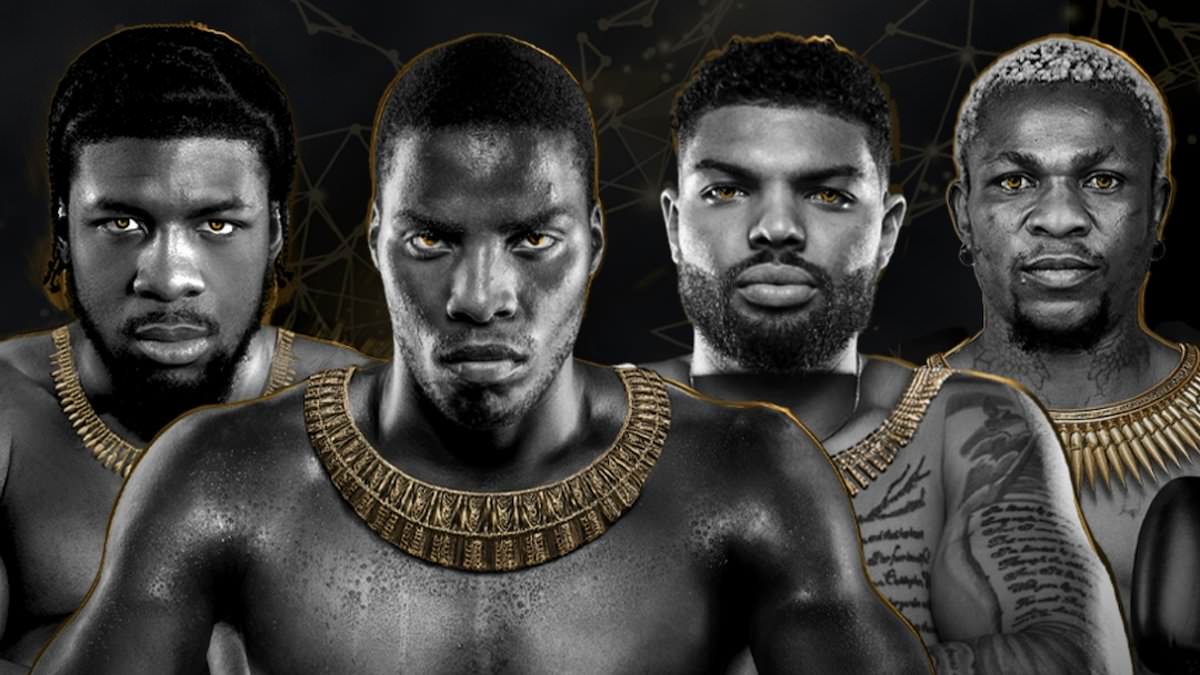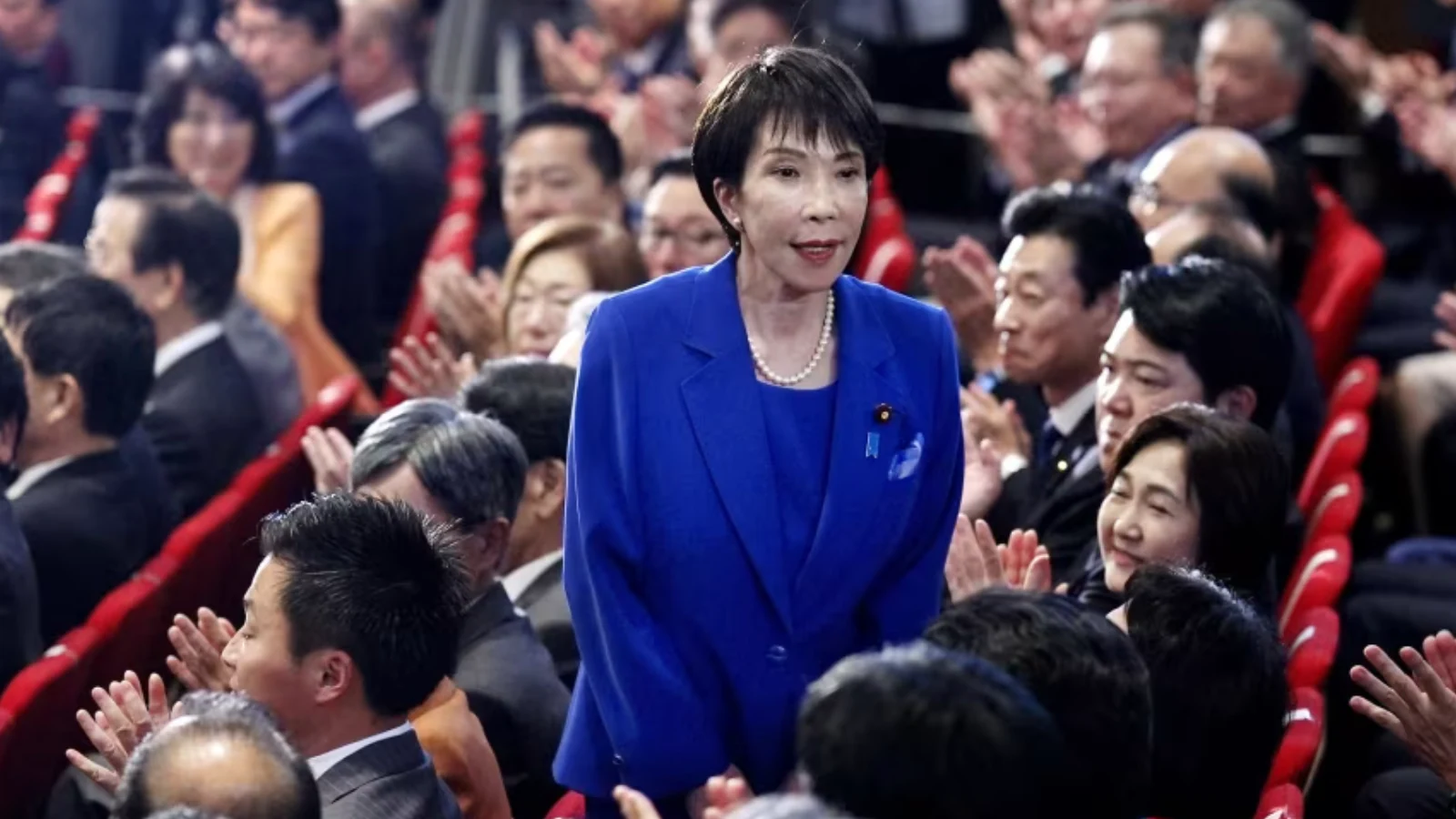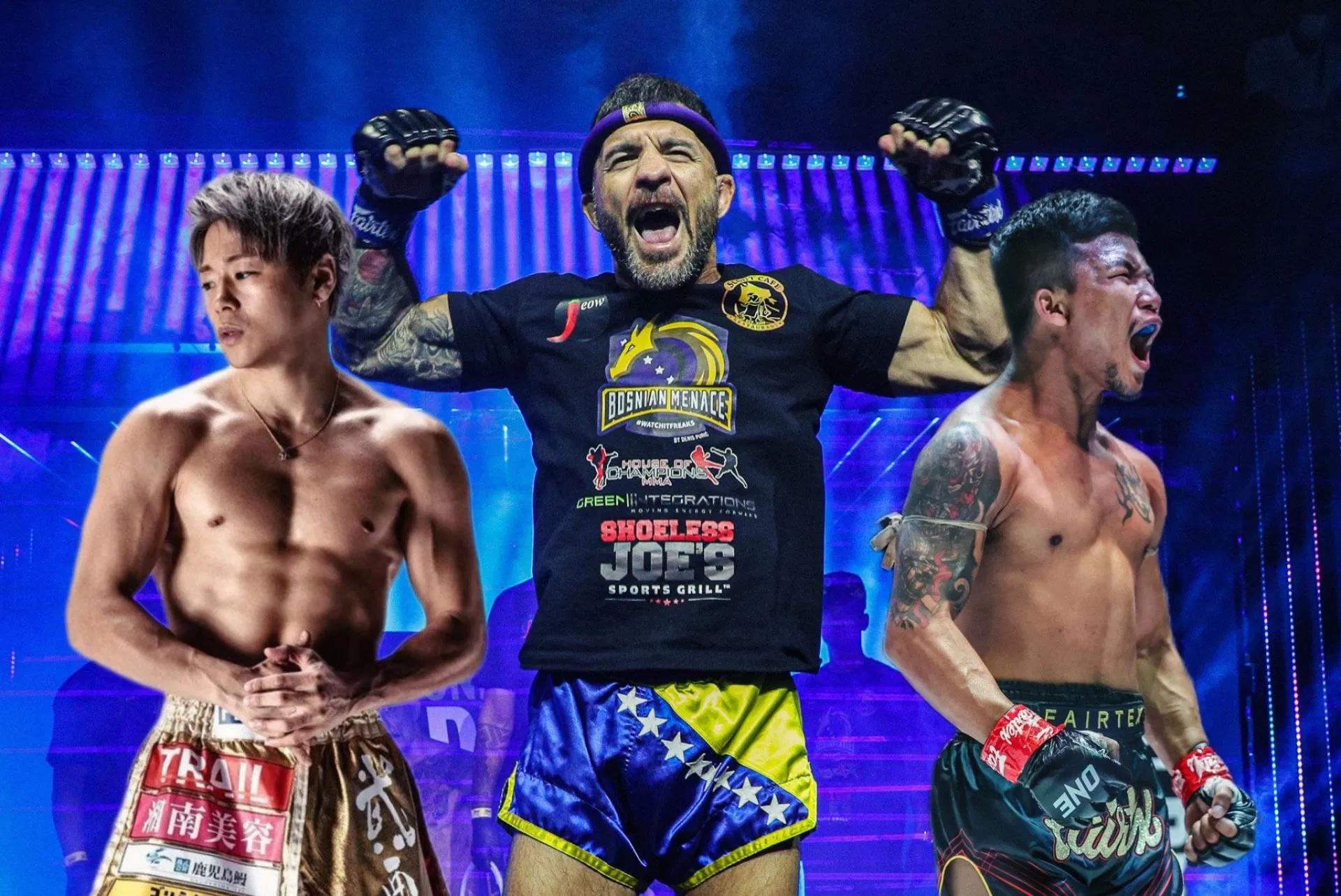Copyright Cable News Network

A version of this story will appear in CNN Business’ Nightcap newsletter. To get it in your inbox, sign up for free here. A collective angst is taking root. Maybe you feel it watching the news, scrolling social media, standing in line at the grocery checkout. Something’s off, and maybe it’s been that way for a while, but it hasn’t always been this tense, right? While there are myriad reasons for our individual anxieties, there are also economic realities underpinning our agita. Some call it a K-shaped economy, in which the wealthy are getting richer and the poor are becoming worse off. None of that is especially new, but what makes this moment different is the utter flimsiness of it all. The sense — amplified by tech outages, a government shutdown and volatile markets — that we’re just one slip-up away from calamity. If you’re standing somewhere on the top rung of the K, the views are nice, but the ground may feel unsteady. That’s because the gains at the top are largely predicated on a speculative artificial intelligence stock market boom that even some AI proponents say could quickly fizzle — and potentially take the US economy down with it. Absent those AI investments, some analysts say, we’d be in a recession. AI’s value is among the biggest known unknowns. President Donald Trump’s herky-jerky trade war maneuvering certainly falls into that camp as well. But then there are the unknown unknowns that have some investors on edge — the “cockroaches,” as Jamie Dimon called them, that have been propped up by the murky world of private and subprime credit markets and which could go bankrupt with shocking speed. “When you see one,” the JPMorgan Chase CEO said after the back-to-back bankruptcies of a subprime auto lender and an auto supplier, “there are probably more.” The Schrodinger’s cat economy There is a perception on Wall Street that “underneath strong economic numbers, there are crevasses of credit and valuation risks that are deepening and broadening,” wrote Macquarie strategists Viktor Shvets and Kyle Liu in a note to clients earlier this month. They called the situation a “twilight zone” reminiscent of the Schrodinger’s cat experiment, in which two incompatible outcomes can simultaneously be true. The cat is both dead and alive; the economy is both weak and strong; AI is an overhyped bubble and AI is the future of everything; the Dodgers and the Blue Jays are both winning and losing the World Series. These opposing situations will eventually resolve, of course, but in the meantime all most of us can do is flip a coin and hope for the best. The struggles in the lower rung similarly reflect a fragile holding pattern. Further complicating all of that: The Federal Reserve, which is widely expected to cut interest rates this week, is flying blind without the regular government data it and countless business leaders rely on. Bottom line: The economy may be part of the reason you feel uneasy, whether you’re riding high on AI fervor or just trying to make rent month to month. For investors, Shvets and Liu recommended that in this Schrodinger’s cat moment of uncertainty, either “go passive and spread risks widely” or focus on longer-term value investments over short-term shiny objects. “Both require lowering noise and tuning out news feeds as counterproductive distractions.” “Will there be peace or war? Both. Will AI raise productivity or fall in a collapsing bubble? Both,” they write. “…Keep investment focus on the future.”



